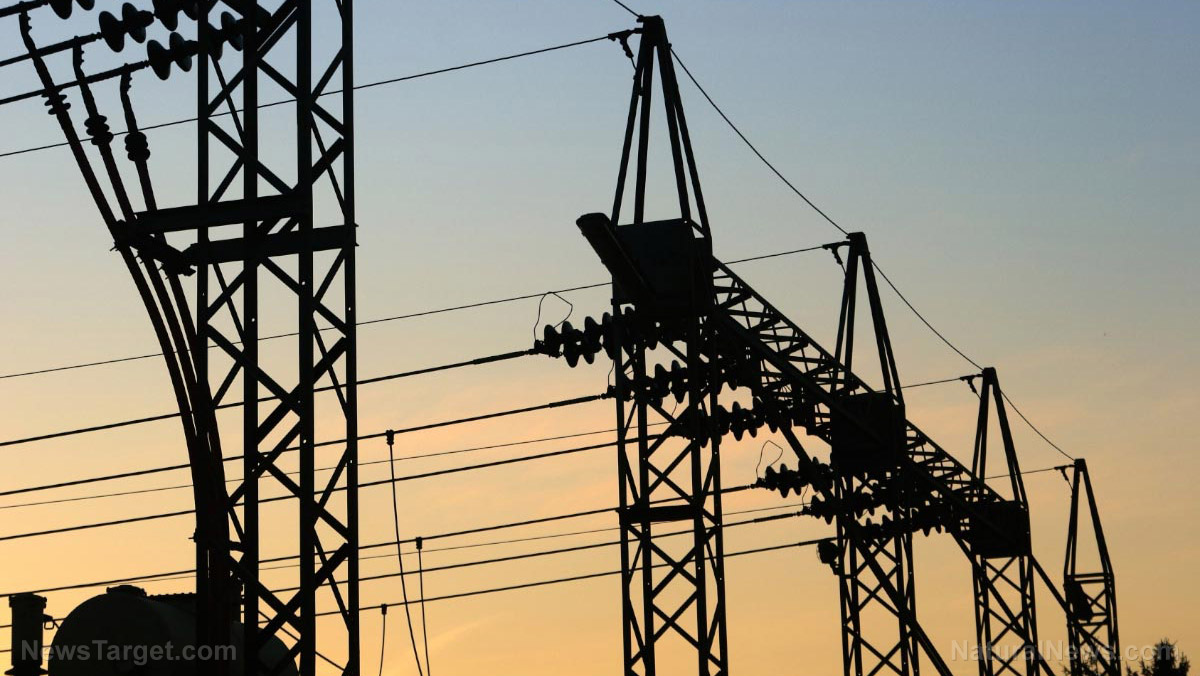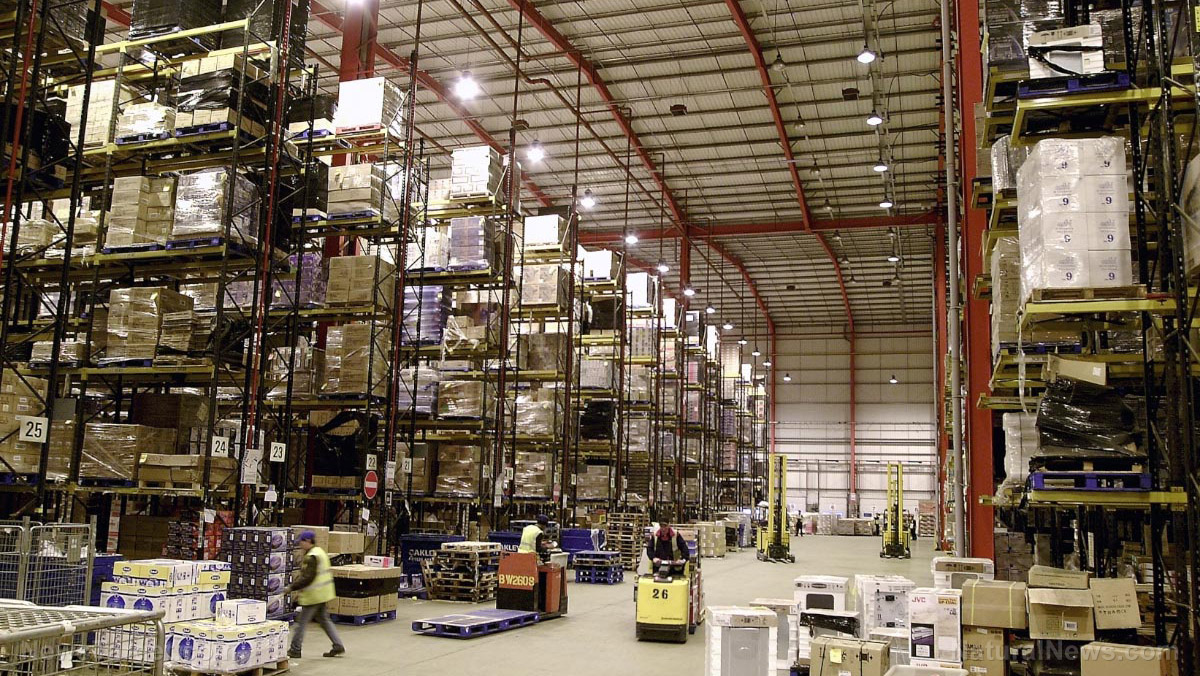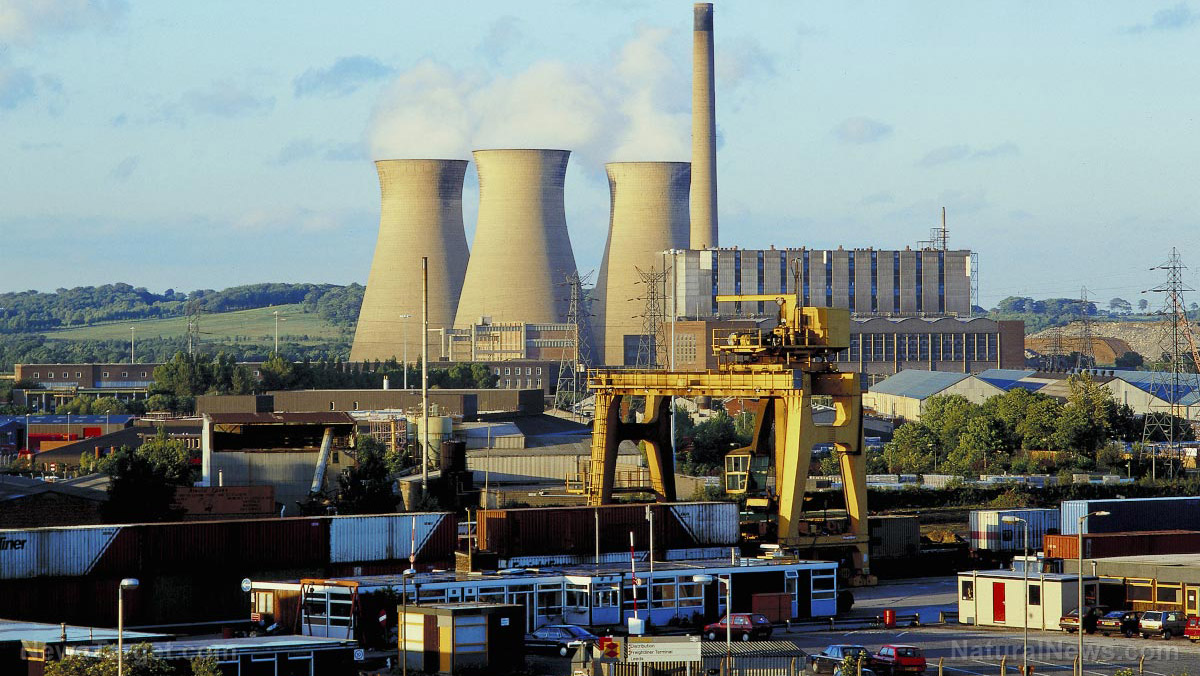The Chinese energy crisis is spilling over into Europe: Is the U.S. next?
10/03/2021 / By Ethan Huff

Brits are reportedly panic buying gasoline due to an ongoing energy crisis that is spilling out of China into Europe – and from there into the United States, potentially.
As natural gas prices in Europe and Asia soar, protests are breaking out all over the place. The story is that India and China are both seeing shortages of coal, which has prompted energy rationing in multiple Chinese provinces.
With winter soon on this way, this is an ominous development that comes at a time when the global supply chain is already teetering on the brink of collapse due to nearly two years of government-imposed Wuhan coronavirus (Covid-19) tyranny.
“First came the COVID-induced global supply chain crisis for container shipping,” reports American Shipper.
“Now comes a power crunch across Asia and Europe. Energy commodity stockpiles – just like U.S. retail inventories – did not build back up fast enough to contend with post-lockdown demand.”
How does any of this affect ocean shipping, you might be asking? Since many consumer goods sold in North America come from Asia, and particularly China, this just adds another “crimp in the supply chain.”
“For commodity shipping – dry bulk, liquefied natural gas (LNG) and possibly oil tankers – it’s a recipe for higher rates,” American Shipper further explains.
Shipping container prices are skyrocketing, driving up costs that are later passed on to consumers
Nomura analyst Ting Lu told Bloomberg that the power curbs in China and India “will ripple through and impact global markets.”
“Very soon the global markets will feel the pinch of a shortage of supply from textiles and toys to machine parts,” he added.
Increased emissions restrictions in China are hitting particularly hard, especially since the regions of China most affected are those heavily into the manufacturing sector.
A Foxconn facility where iPhones are made had to be shut down temporarily due to no power. Other supplies that produce parts and goods for Tesla and other tech companies have had to do the same.
It is also becoming increasingly more expensive to ship goods across the ocean, which is prompting further shortages and supply chain disruptions. Something has got to give, at some point.
“Stoppages of Chinese factories would further delay deliveries of U.S. imports, which have already been waylaid by extreme congestion at ports in Southern California and, more recently, ports in China,” American Shipper reported.
Another factor in all this is a persistent lack of capital for reinvestment into the energy sector. A “big stockpile,” according to Clarksons Platou Securities analyst Omar Nokta, was created “in the first few months of the pandemic,” but the world “went right through it as soon as lockdowns abated, [and] capital hasn’t been redeployed.”
“Whether it was coal or natural gas or oil,” Nokta added, “there was very low capital available for companies to continue to reinvest [in production] for several years heading into the pandemic.”
Thermal coal, which is used for power generation, is facing some of the steepest restrictions under Beijing’s emissions rules. Consequently, the electricity supply is dwindling away over time, especially as demand for thermal coal has skyrocketed.
“People expected some bounce back in demand for thermal coal in 2021, but the surge in demand was not at all anticipated,” Nokta says.
“That resurgence is keeping Panamaxes and Capes very busy when they can’t count on the cargoes they normally would – grain for Panamaxes and iron ore for Capes. Grain has been consistent throughout the year and now the Panamaxes have this added thermal coal element. Capes have faced a somewhat inconsistent Chinese steel market [production plunged in August], but it hasn’t mattered because of all of these thermal coal cargoes they’ve been able to carry.”
The latest news about the impending global economic collapse can be found at Collapse.news.
Sources for this article include:
Tagged Under: chaos, China, coal supply, Collapse, COVID, electricity, energy, natural gas, power grid, shortages, supply chain, supply lines
RECENT NEWS & ARTICLES
COPYRIGHT © 2017 POWER NEWS




















